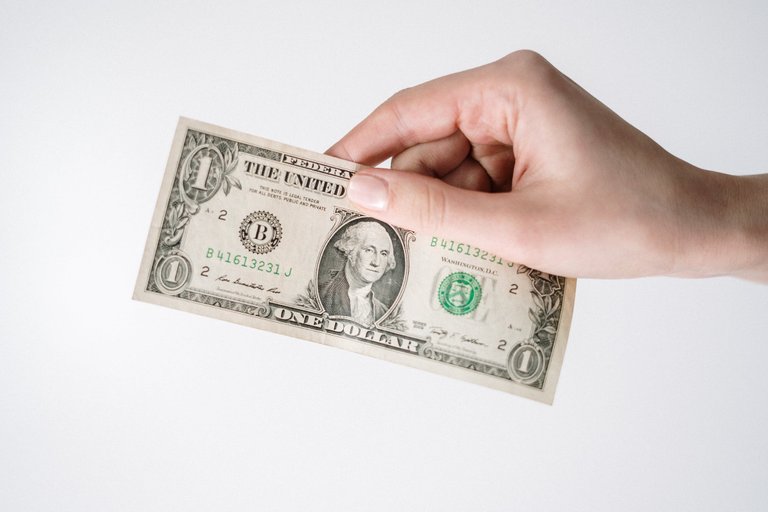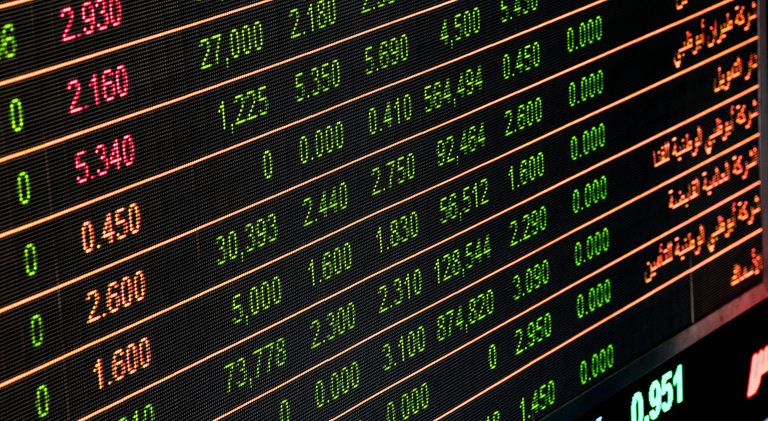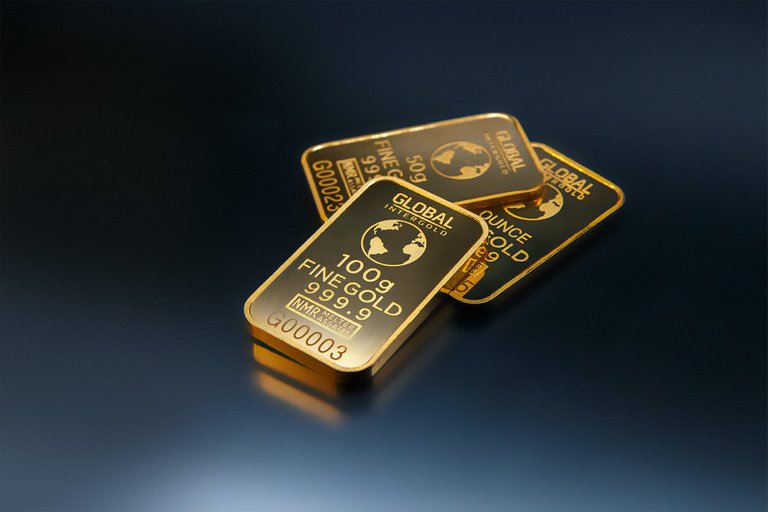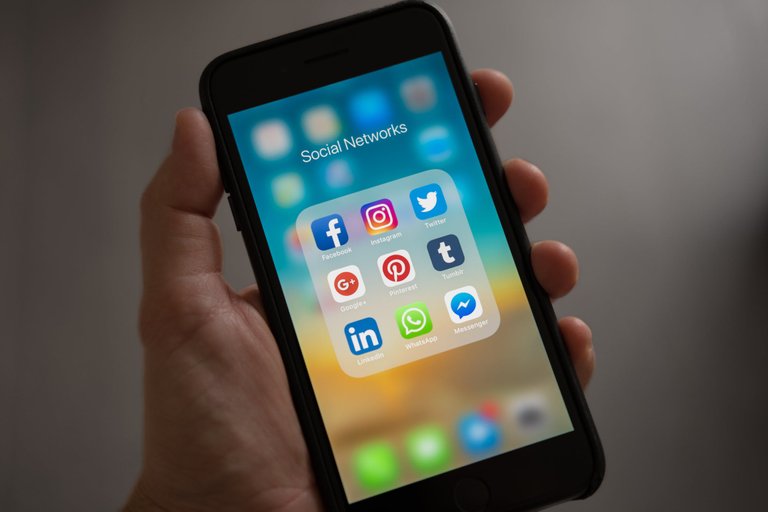Recent pandemic situation is a value test to find out whether your investment portfolio or your strategic asset allocation (SAA) method is crisis-proof.
I believe that the ultimate way of investing is through diversification - focus on minimize risk, increase your Sharpe Ratio (risk-return ratio) and not purely maximize profits.
So I have listed assets classes a well-diversified portfolio should have. Allocation amount to each asset classes are based on individuals risk tolerance level.
1. Liquid cash, fixed deposit, money market (Return from 0.5% - 4.0% p.a.)
We all know that cash is king. But having too much cash in hand is an opportunity cost.
Cash should be seen as a highly liquid asset to reduce liquidity risk and free cash flow in case any opportunity arose or any adverse situation happens.
Cash or other short term liquid assets are expected to yield low return. You will be exposed to interest rate risk, opportunity cost, sovereign risk (worst case).

2. Funds – ie. bond fund and/or equity fund
Bond Fund (Return from 4.0% - 9.0% p.a.) – participate in buying/ selling government bond or corporate bond. Bond prices increase when interest rate drops. Bond prices will also be affected by credit rating of the issuer of the bond.
Rule of thumb when choosing a bond fund – buy bond fund from big fund house, as they can diversify in more bonds and yield a stable return. Not much impact if a bond defaults.
Equity Fund (Return from -10.0% to 30.0% p.a.) – participate in buying/ selling stocks. You will be exposed to market risk and systemic risk. Good to put your money in the hand of experts if you do not have time to monitor yourself.
Rule of thumb when choosing an equity fund – buy equity fund from small fund house, as they can buy sell swiftly (better entry and exit price, higher liquidity) as compared to a big fund house.
You can also opt to participate in specific funds such as REITs, technology equity fund or healthcare equity fund.

3. Crypto - only Bitcoin, Ethereum and USDT
Cryptocurrency was created with the aim to decentralize our economic and banking system. Although we would not know whether which system will prevail in the coming years, my view is that crypto and fiat will co-exist in the future.
It is good that we start to learn and get involved in the crypto world. Generally, there are 4 ways to earn from crypto namely – HODL (buy-and-hold for long term), mining (gain crypto from verifying ledgers), speculation which I highly not recommend (buy new coins and pray that it become the next Bitcoin) and low-risk trading (arbitrage trading).
Note that crypto market itself is highly volatile; it can go up and down 15% a day. Good news is that crypto has a zero correlation to any traditional financial instruments.
You will be exposed to crypto price risk, cyber risk and regulatory risk. Most big exchanges have their own insurance solutions in placed to mitigate cyber risk. So the question here would be – do you think crypto price will become zero tomorrow you wake up?

4. Commodity - gold
Commodity consists of raw materials such as gold and silver, agricultural products such as wheat, and energy resources such as oil and gas. The most common commodity that we were told to hold some is gold.
Gold prices are said to often move opposite to the equity market, where you can use to offset against market risk in your equity block.
We can participate in gold in the form of physical gold, gold saving accounts, or gold-backed fund. You can also advance cash by collateralizing your gold so you are still able to participate in gold price fluctuation without locking in your cash flow.
Bear in mind when you are comparing gold prices across different platform, do look at the cost involved on top of the gold price ie. spread fees, vault storage fees, insurance charges and administration fees.

5. Collateralized debt financing – ie. P2P platform
Small-medium growing businesses often times need capital to expand their businesses (opening up more revenue stream). Most common way to get new funding is through:
i. Equity financing – selling equity to venture capitalist (VCs) or equity crowd-funding (ECF), or
ii. Debt financing – peer-to-peer (P2P) crowd-funding, borrow business loan from bank.
Through debt financing, the business owner promises to pay back principal plus interest as per the tenure agreed. The interest rate will be determined based on the credit risk of the borrower – ie. Any collateral in placed? Past business performance, cash flow and credit experience of the company?
As an investor, you will be exposed to credit default risk in the event the business could not pay you back.
On the other hand, through equity financing you will be exposed to business risk. You have ownership to the company equity, and you will gain dividend distributed by the company. You can also sell your equity to another party and gain/loss from the price difference.

6. Hard assets – ie. property, land
Item 1-5 above are more of a short term assets. In life, we should also hold some long term assets in our asset portfolio such as property (can serve as an investment vehicle and also can use it for own stay).
However, if you are looking to own multiple properties for investment purposes, it’s good to diversify across different areas (to lower your concentration risk), and different property types – ie. landed property (low rental yield but high appreciation value), condo (higher rental yield but low appreciation value), and also consider both residential or commercial units.
We should not be looking at the price per square feet (psf) when buying a property. Area selection is also very crucial. Depends on your purpose of owning the property, we should always consider factors such as potential surrounding future development, high accessibility to avoid congestion, lower density areas to avoid competition, maintenance fees, freehold or leasehold, etc.
Do note that you will be exposed to liquidity risk, tenancy risk and wear-and-tear costs by owning a property.

7. Insurance and trust (as a risk management solutions)
Insurance is not a wealth generating asset, but is rather considered a wealth protection tools. It is important to allocate a small portion of asset in getting medical insurance coverage to protect your wealth in the event of any medical complications.
Do not go for saving plan insurance if your goal is to yield return as the first 6 years premium charges are not worth it. Do consider life insurance coverage as a legacy to preserve wealth for your next generation. Do also read through and understand the policy wording of your insurance policy to know what is being covered.
Your risk increases as you aged hence causing your cost of insurance and yearly premium to increase.
Investment linked plan basically helps you to flatten your premium through paying more at younger age to cover the cost of insurance at older age. However, you have to bear the investment risk so in the event of insufficient fund balance, you will have to top up to pay for the cost of insurance.
You can also consider diversify your insurance policies to several insurance companies. Instead of putting all under one insurance company, you can split your budget into two insurance companies, given that it does not jeopardize the cost-to-benefit.

8. Digital assets – your own domain and digital presence
Digital presence is getting more and more popular in making up your online footprints. Digital presence does not only limited to social networks such as Facebook or LinkedIn but rather I think it is worthy to purchase your own domain and set-up your own online customized profile which could be served as an intangible investment to your own branding and legacy.

9. Passive income generating business
Last but not least, I think everyone should also consider investing your time into building a low capital but passive income generating businesses. It can range from sustainable offline businesses to online businesses which incur variable cost instead of fix cost.
We should also focus on businesses that can bring positive value and change to the society.

Moral of the story
The objective here is for us to be able to diversify across different currencies and different assets class. The lower the correlation, the better the portfolio is.
For example, you can deposit $ 10,000 in fixed deposit and $ 10,000 in bond fund to offset against interest rate risk, while yielding decent return.
You can also invest directly or indirectly to the assets. For example if you are investing in the equity of a gold company, then you can consider reduce your holdings in physical gold as both are correlated. Or if you own a few shoplots in different areas, then you should consider reduce your REITs portfolio.
We have worked hard to increase our wealth. And we should also get our hard-earned money to work hard too!
This is a cross post from read.cash
So in your opinion, which asset class I should start first?
Congratulations @shuyoong! You have completed the following achievement on the Hive blockchain and have been rewarded with new badge(s) :
You can view your badges on your board and compare to others on the Ranking
If you no longer want to receive notifications, reply to this comment with the word
STOPDo not miss the last post from @hivebuzz:
Vote for us as a witness to get one more badge and upvotes from us with more power!